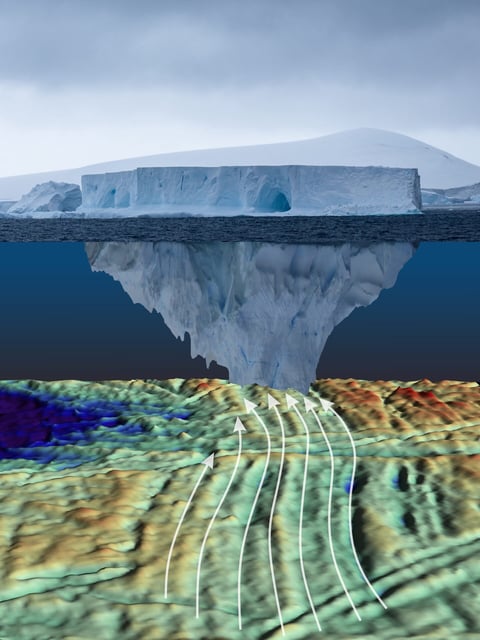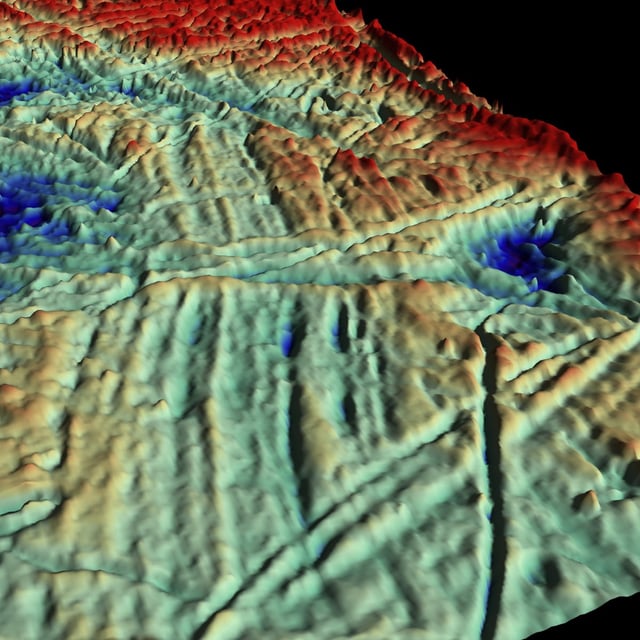Overview
- Researchers have identified comb-like grooves on the North Sea floor, left by massive tabular icebergs during the last ice age between 18,000 and 20,000 years ago.
- The study, published in *Nature Communications*, repurposed seismic survey data originally collected for oil and gas exploration in the Witch Ground Basin near Scotland.
- Findings reveal a transition 18,000 years ago from large tabular icebergs to smaller ones, marking the catastrophic collapse of ice shelves as the British-Irish ice sheet rapidly retreated.
- The British and Irish ice sheet was shrinking by 200–300 meters annually during this period, driven by a warming climate.
- The research provides a paleo-analogue to better understand how Antarctic ice shelves might respond to modern climate warming and influence sea-level rise.



